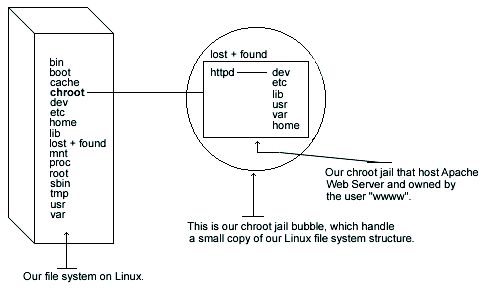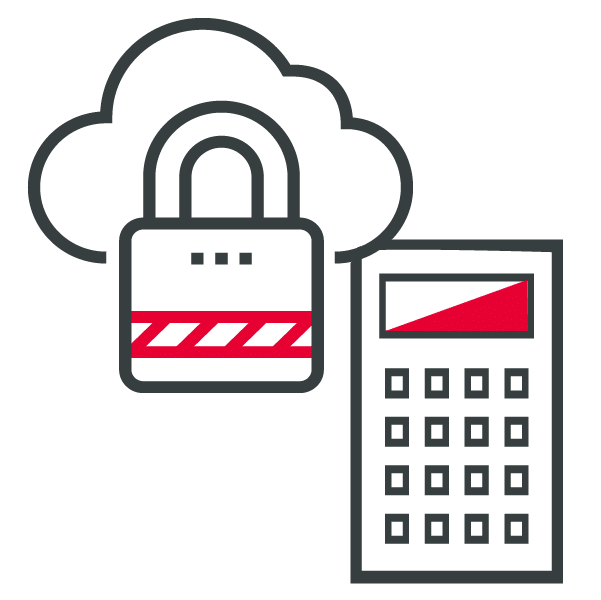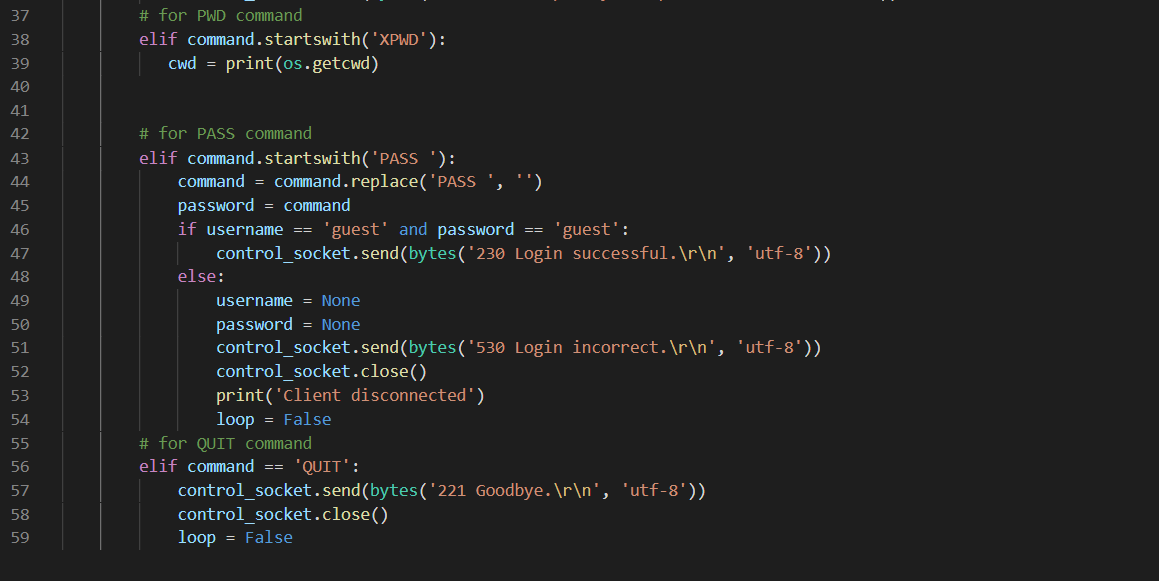
A load balanced diagram shows a network with application servers. Each server is provisioned according to its weight or power. A client request for an application goes to the application server that is most powerful. If you have three servers that are capable of processing applications, the two most powerful ones will be twice as powerful as their counterparts. Clients will request the same data from each server but they will route their requests to different servers.
Hashing algorithm
A Loadbalancing diagram shows how requests are routed via IP addresses to the right servers. One of the most popular Load Balancing methods is the Hashing algorithm. Each client request is uniquely identified by the Hashing algorithm. The hashing algorithm is used to route the request to a desired server.
In distributed systems, hashing is important to map requests evenly between the servers in a cluster. Maintaining consistency in hashing between nodes reduces the amount work required by the cluster for every ring change.
Connection multiplexing
Connection multiplexing is a common method to distribute traffic across multiple servers. When a client initiates a request, the load balancer picks the appropriate service. An ADC must track both the initial connection as well as any follow-on traffic initiated by the client to accomplish this task. This is a crucial task as follow-on traffic could have two issues: persistent and connection maintenance.

Multiplexing of connections in a load-balancing diagram can easily be done by subdividing the total number to the number the servers. Each server has its own IP address and port. The load balancer receives a request for particular services and will rewrite the packet to include its destination IP address.
SSL Passthrough
SSL passthrough allows you to set up SSL in load balancers. It makes it easier to manage certificates because all encryption work and decryption work is done on the loadbalancer. SSL passthrough protects traffic between the loadbalancer and backend servers. However, it could expose customer data and other network instances. It is therefore recommended for networks that have less security.
SSL passthrough is more expensive and requires more CPU cycles. This method is not suitable for deployments with high traffic. It doesn't allow you to create access rules, sticky sessions or redirects. It's therefore not suitable for large-scale deployments.
Network server load balancer
A load balancer, a network device that rewrites packets in order to get them to their destination, is called a network device. A loadbalancer can handle different traffic types depending on their source IP addresses. Load balancing involves several servers. The first server acts as a "front-end" and receives incoming traffic and forwards it to the next server. A second server acts like a "backend", answering clients' queries.
A load balancer is either a virtual or hardware device. A loadbalancer will automatically redirect users' requests to other servers in the event that one server goes offline. The load balancer will automatically transfer requests to another server.

Kubernetes load balancer
Diagram of Kubernetes loadbalancing shows how each pod handles requests and the other handles responses. One of the key problems with this approach is that it does not account for persistent connections. The application must therefore implement load balancers on the client. Luckily, there are a number of solutions for this issue, including kube-proxy and iptables. These solutions are intended to be used in the most common deployment scenarios, and they do not consider the requirements of specific applications.
In Kubernetes, each Pod can have its own IP address. Each red Pod requests a service using a fixed IP address. The controller will collect the pending services and assign them unique IP addresses for delivering incoming packets.
FAQ
How can I make a website for free?
It all depends on which type of website it is. Are you looking to sell products, build a website, or create a portfolio online?
An essential website can be created using HTML and CSS. This is a combination of HyperText Markup Language (HTML) and CascadingStyle Sheets (CSS). Although HTML and CSS can be used to create simple websites, web developers prefer using a WYSIWYG editor like Dreamweaver or Frontpage.
If you don't have experience designing websites, hiring a freelance developer might be the best option. They can help you build a website customized to your needs.
A freelance developer may charge you either a flat-fee per project, or an hourly fee. It depends on the amount of work that they do in a given time frame.
Some companies charge between $50 and $100 per hour. Higher rates will be charged for larger projects.
A lot of freelance websites offer job listings. You can also search on those websites before you reach out to developers.
How To Create A Static Website
Two options are available when you create your first static web site.
-
Using a Content Management System (a.k.a. WordPress): You can download this software and install it on your computer. Then you can use it to create an essential website.
-
How to Create a Static HTML Website. In this instance, you will need to write your HTML/CSS codes. If you are familiar with HTML, it's easy to do.
If you plan to build a large website, you may want to consider hiring an expert to create your static website.
But starting, you should probably go with option 2.
Can I make my website using HTML and CSS?
Yes! If you've followed the steps, you should now be able create your website.
After you have learned how to structure a website, you will need to know HTML and CSS.
HTML stands for HyperText Markup Language. You can think of it as writing a recipe. You'd list the ingredients, instructions, along with directions. HTML is a way to tell a computer which parts are bold, underlined, italicized or linked to other parts of the document. It's the language that documents use.
CSS stands for Cascading Style Sheets. This is a stylesheet for recipes. Instead of listing all ingredients and instructions, you simply write down the basic rules for things such as font sizes, colors or spacing.
HTML tells the browser how a page should look; CSS tells it what to do.
If you don't understand either of those terms, don't fret. Follow these tutorials to create beautiful websites.
Statistics
- Studies show that 77% of satisfied customers will recommend your business or service to a friend after having a positive experience. (wix.com)
- It enables you to sell your music directly on your website and keep 100% of the profits. (wix.com)
- The average website user will read about 20% of the text on any given page, so it's crucial to entice them with an appropriate vibe. (websitebuilderexpert.com)
- It's estimated that chatbots could reduce this by 30%. Gone are the days when chatbots were mere gimmicks – now, they're becoming ever more essential to customer-facing services. (websitebuilderexpert.com)
- At this point, it's important to note that just because a web trend is current, it doesn't mean it's necessarily right for you.48% of people cite design as the most important factor of a website, (websitebuilderexpert.com)
External Links
How To
How can I get started as a UI designer?
Two ways to be a UI designer are available:
-
You can complete school to earn a degree for UI Design.
-
It is possible to start a freelance career.
You will need to complete four years of college or university study if you plan to continue your education. This covers art, business, psychology, and computer science.
You can also attend classes at state universities and community colleges. Some schools offer free programs, while others charge tuition fees.
After you graduate, you must find work. You must establish a client base if you want to work for yourself. Networking with other professionals is important so that they know you are there.
There are many opportunities to intern for companies that specialize on developing web applications. Many companies hire interns before they hire full-time staff.
A portfolio will help you get more work once you have established it. Your portfolio should contain your work samples and details of the projects you worked on.
It's a smart idea for you to send your portfolio by email to potential employers.
Being a freelancer means you need to market yourself. You can post your services on job boards, such as Guru, Indeed, Guru or Upwork.
Freelancers often receive assignments from recruiters who post openings online. These recruiters look for qualified candidates to fill specific positions.
These recruiters will typically give the candidate a project brief that outlines the position's requirements.
As a freelancer, you are not required to sign any long-term contracts. You should negotiate an upfront payment if your goal is to move forward.
Many designers prefer to work directly with clients rather than through agencies. Although this might seem like a great idea, many people lack the necessary skills.
Agency workers usually have extensive knowledge about the industry they are working in. They have access to resources and training that enable them to produce high quality work.
Agency workers often receive higher hourly rates in addition to these benefits.
However, the disadvantage of working with an agency is not having direct contact with your employer.
A UI designer must be self-motivated, creative and flexible.
Also, you must have excellent communication skills both verbally and in writing.
UI designers are responsible to design websites using user interfaces (UI) as well as visual elements.
They are also responsible to ensure the site meets user needs.
This means understanding the needs of visitors and how the site should work.
UI designers use various tools to create wireframes. They use wireframing to help them visualize the layout of a webpage before they start designing.
You can find wireframe templates online. This makes it easy to make your own wireframes.
Some designers focus solely on UI design, while others combine UI design with graphic design.
Graphic designers use software such as Photoshop to edit images.
To create pages and layouts, they then use Adobe InDesign.
Photographers capture images using digital cameras or DSLRs.
The photos are then uploaded to a photo editing software where text captions, filters and other effects can be added.
After taking the photo, the photographer saves it in a file format that is compatible with the website.
When building a website, it is essential to consider all aspects of the design process.
This includes research and planning, wireframing, prototyping testing, coding, content creation and publishing.
Research – It is essential to do extensive research before you begin a new project.
Planning – Once you've done your research, you will want to start developing a plan.
Wireframing – A wireframe is a preliminary sketch or drawing of a webpage or application.
Prototyping -- Prototypes allow you to make sure that your final product is exactly what you imagined.
Testing - Multiple rounds of testing should be done on the prototype to make sure it works properly.
Coding - The process of writing computer software code is called Coding.
Content Creation – Content creation includes everything, from the writing of copy to managing social networks accounts.
Publishing involves uploading files on a server to ensure that the site is accessible.
You will need to have a broad knowledge of different projects in order as a freelance UX/UI developer.
Some companies may only need wire frames while others require complete prototypes.
Depending upon the type and scope of the project, you may be asked for specific tasks.
For example, if you're hired to create wireframes, you might be expected to create several wireframes over time.
If you're being hired to create a full prototype, you might be asked to create a fully functional site.
It doesn't really matter what project you're working on, good interpersonal skills are vital.
Referrals are what most clients use to hire freelancers. Therefore, it is important that you establish strong relationships with potential employers.
Additionally, communication skills are essential.
A portfolio is an important tool in any freelancer's arsenal.
It showcases your work, and demonstrates your ability deliver high-quality outcomes.
Online portfolios can help you do this.
It is a good idea to look for websites that are similar to yours to get you started.
These sites can be searched to determine which services they offer.
Once you have determined the best practices for you, you can begin to adopt them.
It's also helpful to include links to your portfolio within your resume.